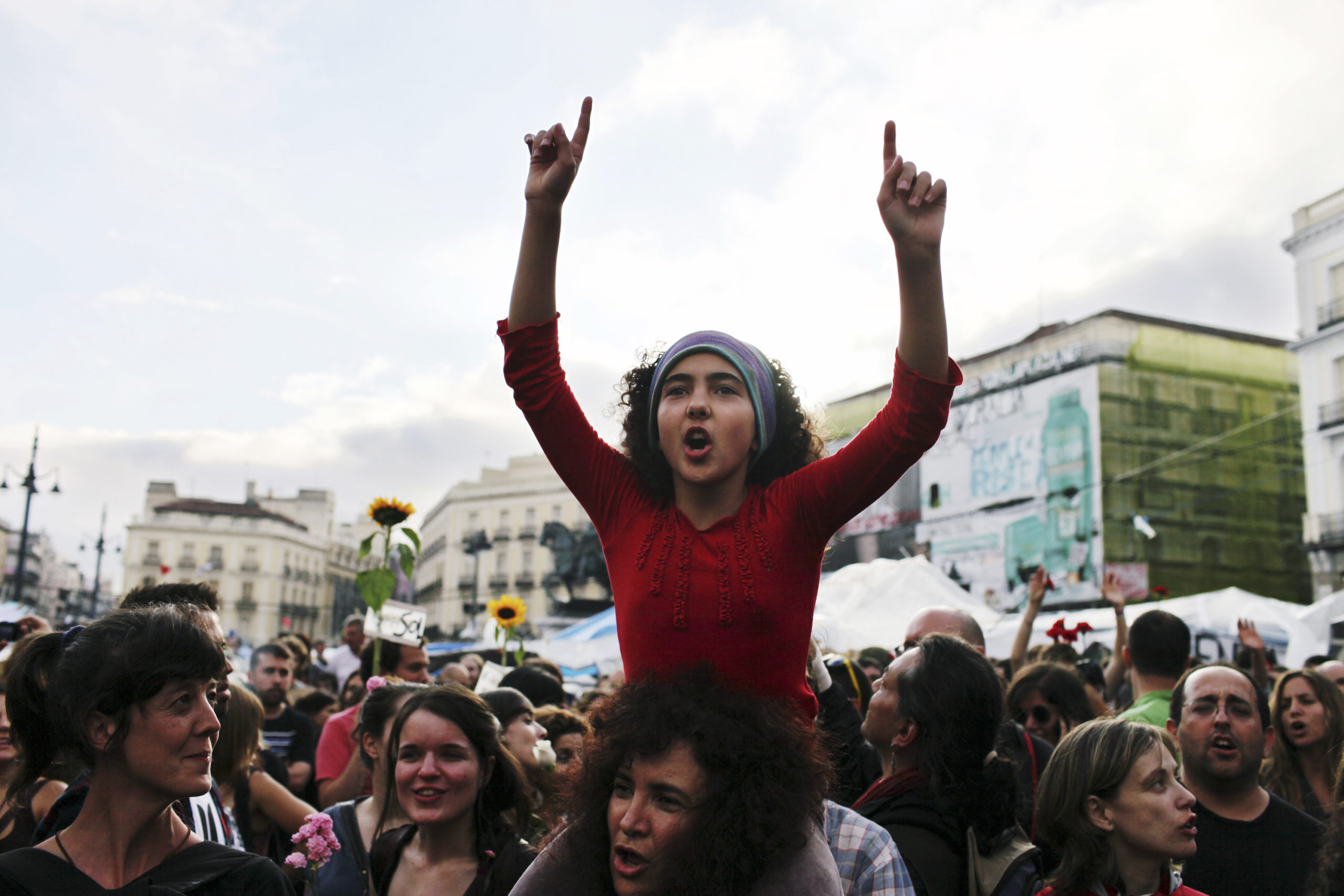A brief history of children’s participation
Before the Industrial Revolution, the protection and care of children in most societies was considered to be the responsibility of individual families and communities. Children were thought of as the personal property of their parents.
The rapid social changes that accompanied industrialisation ushered in a growing concern for child welfare, partly driven by the child labour reform movement. During this period, child protection rights (from harmful work) and provision rights (the right to education) developed.
Between 1890 and 1920, numerous professional child welfare services were established. Many of these were private charities focused on ‘saving’ disadvantaged children and often involved separating children from their families.
The 20th century saw worldwide recognition of child rights, and the responsibility for children’s welfare increasingly shifted towards the state. However, it was only in the second half of this century that the notion of children as citizens, capable of social and political participation, developed.
On the global stage, the League of Nations in 1924 adopted the Geneva Declaration on the Rights of the Child, a document drafted by Eglantyne Jebb, the founder of the Save the Children Fund.
In 1946, the United Nations Children’s Fund (UNICEF) was established as part of the UN’s reconstruction efforts after the Second World War. Leading up to the adoption of the UN Convention on the Rights of the Child (UNCRC) in 1990, better social policies were developed for children, both in industrialised countries and lower-income ones.
UN Convention on the Rights of the Child (UNCRC)
Despite the global nature of the UNCRC, it has been taken up differently in different geographical contexts, and learning across these contexts has sometimes been constrained by language barriers.
Some have criticised the UNCRC for being based on a Western construction of childhood. Others have adopted regional policy mechanisms to support its local efficacy, for example, the African Charter on the Rights and Welfare of the Child.
The UNCRC is often characterised by its use of the ‘3Ps’: protection, provision, and participation. Although the UNCRC has led to the development of national Child Acts globally, there is still a tendency to focus on protection and provision rather than on participation.
The participation component is articulated in Article 12 of the UNCRC, which expresses ‘the Right to be Heard’. That right includes raising children’s voices and the responsibility of duty bearers (including parents and states) to listen to them and act on their perspectives. Article 12 remains an important basis for many of the productive interventions towards participatory approaches with children that have occurred in the 30 years since the convention.
Theories of children’s participation
The significant inclusion of participation rights in the UNCRC reflects its development at a time in which participation was central to development practice and discourse.
Roger Hart’s extremely influential ladder of children’s participation adapts Arnstein’s ladder of citizen participation. Hart’s ladder of children’s participation shows the range of ‘children’s participation’ from non-participation (manipulation, decoration, tokenism) to full participation (adults and young people sharing decision-making).
The development, through the 1990s, of discourses on children’s and youth citizenship, participation, agency and empowerment, runs alongside the emergence of the ideas of ‘new sociology of childhood’, and the ‘social studies of childhood’. The ‘social studies of childhood’ recognises the interdisciplinary nature of childhood and youth, including the incorporation of children’s geographies, the anthropology of childhood, and childhood in history.
Despite these numerous developments in our thinking on children, there is still work to be done in connecting to child agency or active citizenship. Adult constructions of child participation focus on the passive activities of listening and consulting.
Children are generally thought to enjoy protection rights (protection and provision) but they may not be able to exercise liberty rights (participation) depending on their context, and their capacity in that context. Perceived competency varies according to different social norms about children, so the amount of control that adults have in deciding children’s interests depends on social understandings of childhood, not on children themselves.
Jason Hart, borrowing from critiques of adult participation work, suggests that children’s participation, in practice, exhibits two fundamental flaws.
The first is that in its focus on ‘the local’, children’s participation often loses the connection to the broader political arenas that ultimately structure people’s realities. In other words, that focus has a depoliticising effect.
The second concern is that ‘children’ or ‘young people’ become caught up in a politics of recognition rather than redistribution, and their participation becomes tokenistic. One of the recurring narratives in our interviews was the prevalence of ‘decorative or token participation’, where individual children or young people are brought to policy spaces as ‘youth representatives’.
The idea of children as (full) rights holders is still contested. The shift from the child as a dependent, to child as a citizen remains incomplete. Within this context, children’s participation becomes extremely important to the full realisation of their rights.






